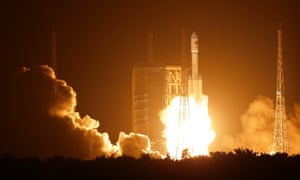By Bharat Verma
08 Sep , 2016
By 1965, the Pakistan Army had been trained and poised itself to go on an offensive in Kashmir. It appeared that Pakistan’s aim was to keep the war confined to J&K, but the leadership lacked the courage to attack openly. A secret plan of armed infiltration was therefore adopted. The invasion was carried out in three stages as under:-
A limited offensive was launched in the Kutch region in May 1965 to test the political waters and to draw India’s forces away from Punjab –the main battle front.
Armed infiltration in J&K was launched with a view to seize power and declare independence of J&K. The idea was to tell the world that it was a local uprising. A revolutionary council was formed to appeal for military assistance from various countries including Pakistan.
In Jammu, a major offensive was to be launched to capture Chhamb and Akhnur Bridge, soon after the uprising in Srinagar had taken place.
The main miscalculation on Pakistan’s part was to believe that the Kashmiris would help the infiltrators and rise against the established government in J&K. The other miscalculation was to presume that India will not counterattack in Punjab due to her political and military weakness.
Battle in the Rann of Kutch




